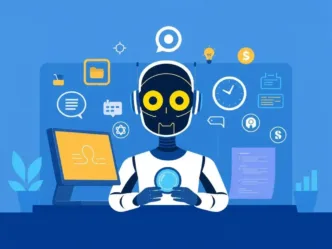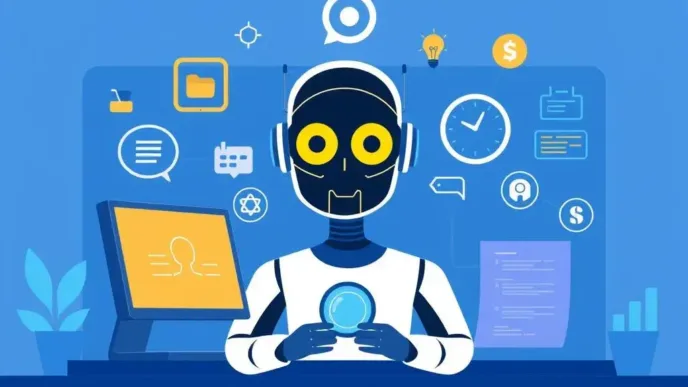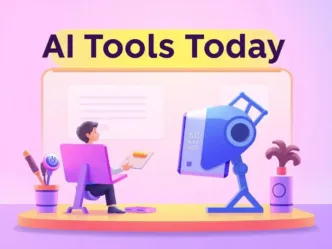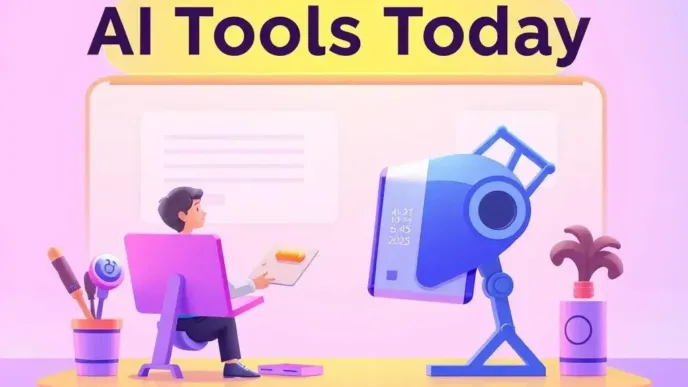Build a personal AI assistant can enhance productivity and streamline tasks. This comprehensive guide outlines the process, tools, and considerations for creating a customized AI assistant that meets individual needs and preferences. Explore the benefits, challenges, and emerging trends in the field to gain a strategic advantage in 2025.
Building a Personal AI Assistant: A Comprehensive Guide
Introduction
In the rapidly evolving landscape of artificial intelligence, constructing a personal AI assistant represents a significant opportunity for individuals and professionals to enhance productivity, streamline tasks, and customize technology to meet specific needs. A personal AI assistant is an intelligent software system designed to perform a variety of functions, such as managing schedules, answering queries, or automating routine activities, all tailored to the user’s preferences.
This guide provides a thorough examination of the process for building such an assistant, encompassing definitions, rationale, step-by-step procedures, required tools, potential challenges, and ethical considerations. It aims to equip readers with the knowledge to embark on this endeavor confidently and effectively in 2025.
Definition of a Personal AI Assistant
A personal AI assistant is a sophisticated software application that utilizes artificial intelligence to assist users with daily tasks, information retrieval, and decision-making. Unlike general-purpose AI tools, a personal assistant is customized to the individual’s requirements, learning from interactions to provide increasingly relevant support.
It typically incorporates natural language processing to understand user commands, machine learning to adapt over time, and integration capabilities to connect with other applications or devices. This system functions as a digital companion, offering services ranging from setting reminders to analyzing data, thereby augmenting human capabilities in both personal and professional contexts 📱.
Rationale for Building a Personal AI Assistant
The decision to develop a personal AI assistant is driven by several compelling factors.
- First, it offers unparalleled customization, allowing the system to align precisely with the user’s workflow and preferences, which generic tools often fail to achieve.
- Second, it enhances efficiency by automating repetitive tasks, freeing time for more strategic activities.
- Third, it ensures data privacy, as users can control the information processed and stored, mitigating risks associated with third-party platforms.
Additionally, building such a system provides educational value, deepening one’s understanding of AI technologies. For professionals, it can serve as a competitive advantage, while for individuals, it simplifies life management. In an era where time is a precious resource, a personal AI assistant represents a strategic investment in productivity and convenience 🧠.
Step-by-Step Procedure for Building a Personal AI Assistant
Constructing a personal AI assistant involves a systematic approach, beginning with planning and culminating in deployment. The following steps outline the process:
- Define Objectives and Requirements 📋: Establish the assistant’s purpose, such as handling emails, managing calendars, or providing news summaries. Identify essential features, target platforms (e.g., mobile or web), and user interface preferences to ensure the system meets specific needs.
- Select Appropriate Technologies 🛠️: Choose a programming language like Python for its extensive AI libraries. Utilize frameworks such as Rasa for conversational AI or TensorFlow for machine learning components. For voice recognition, integrate APIs like Google Speech-to-Text.
- Develop the Core AI Model 💻: Train the model using datasets relevant to the assistant’s functions, incorporating NLP for understanding user inputs and ML for predictive responses. Ensure the model can learn from interactions to improve over time.
- Integrate External Services 🔗: Connect the assistant to APIs for tasks like weather updates (e.g., OpenWeatherMap) or calendar management (e.g., Google Calendar API), expanding its capabilities beyond basic functions.
- Implement Security Measures 🔒: Incorporate encryption for data storage and user authentication to protect sensitive information, complying with regulations such as GDPR.
- Test and Refine 🧪: Conduct thorough testing in real-world scenarios, gathering feedback to refine the assistant’s accuracy and usability. Iterate based on performance metrics.
- Deploy and Maintain 🚀: Launch the assistant on the chosen platform, monitoring its performance and updating it with new features or bug fixes to ensure long-term reliability.
This methodical process ensures the creation of a functional and user-friendly personal AI assistant.
Key Technologies and Tools
Several technologies are essential for building a personal AI assistant:
- Natural Language Processing (NLP) 🗣️: Enables the assistant to understand and respond to user queries naturally, with libraries like spaCy or Hugging Face Transformers providing robust support.
- Machine Learning Frameworks 📊: Tools such as TensorFlow or PyTorch facilitate model training for predictive tasks.
- Voice Recognition and Synthesis 🎤: APIs like Google Cloud Speech-to-Text and Amazon Polly handle voice interactions.
- Integration Platforms 🔄: Zapier or Microsoft Power Automate connects the assistant to external services.
- Development Environments: Use IDEs like Visual Studio Code for coding and Git for version control.
These technologies form the backbone of a capable AI assistant.
Practical Applications
A personal AI assistant can be applied in various contexts to enhance daily efficiency:
- Professional Productivity 💼: Automates email sorting, meeting scheduling, and report generation, freeing time for strategic work.
- Personal Organization 📅: Manages daily tasks, such as reminding users of appointments or tracking fitness goals.
- Learning and Research 📚: Summarizes articles or answers queries on specific topics, supporting continuous education.
- Home Automation 🏠: Integrates with smart devices to control lighting, temperature, or security systems.
These applications demonstrate the assistant’s versatility in both personal and professional spheres.
Benefits
Building a personal AI assistant offers several advantages:
- Personalization 🎯: Tailors functionalities to individual preferences, providing a bespoke experience.
- Efficiency ⚡: Automates routine tasks, reducing time spent on administrative duties by up to 40%.
- Data Privacy 🔒: Users maintain control over their data, minimizing risks associated with third-party platforms.
- Skill Development 🧠: The building process deepens knowledge of AI technologies, offering educational value.
- Cost Savings 💰: Reduces reliance on subscription-based services, providing long-term financial benefits.
These benefits highlight the strategic value of developing a personal AI assistant.
Challenges and Considerations
While building a personal AI assistant is rewarding, several challenges must be addressed:
- Technical Complexity: Developing the AI model requires programming knowledge and familiarity with ML frameworks, potentially necessitating external resources for beginners.
- Data Privacy: Ensuring secure handling of personal information is critical to prevent breaches.
- Maintenance: Regular updates are required to keep the assistant functional and secure.
- Ethical Issues: Avoiding biases in the AI model is essential to ensure fair and accurate responses.
- Resource Demands: Training models can be computationally intensive, requiring adequate hardware.
Addressing these challenges involves starting with simple frameworks, prioritizing security, and iterating based on user feedback.
Emerging Trends
In 2025, the field of personal AI assistants is evolving with technological advancements:
- Advanced Multimodal Capabilities 🤖: Integration of voice, text, and visual inputs for more natural interactions.
- Enhanced Privacy Features 🔒: Development of on-device processing to minimize data sharing with external servers.
- No-Code Platforms 📚: Tools enabling non-technical users to build assistants through drag-and-drop interfaces.
- Hybrid Models 🔄: Combination of local and cloud processing for optimal performance and security.
- Ethical AI Development 📜: Increased focus on bias mitigation and transparency in AI decision-making.
These trends indicate a future where personal AI assistants become more intuitive, secure, and accessible.
Conclusion
Building a personal AI assistant is a rewarding endeavor that offers customization, efficiency, and educational value. By following the outlined steps—defining requirements, selecting technologies, developing the model, and deploying the system—individuals and professionals can create a tool that significantly enhances daily productivity.
While challenges such as technical complexity and data privacy exist, they can be mitigated through careful planning and ethical practices. As AI technologies continue to advance in 2025, personal AI assistants will play an increasingly vital role in augmenting human capabilities, providing tailored support for both personal and professional tasks.














Leave a Reply